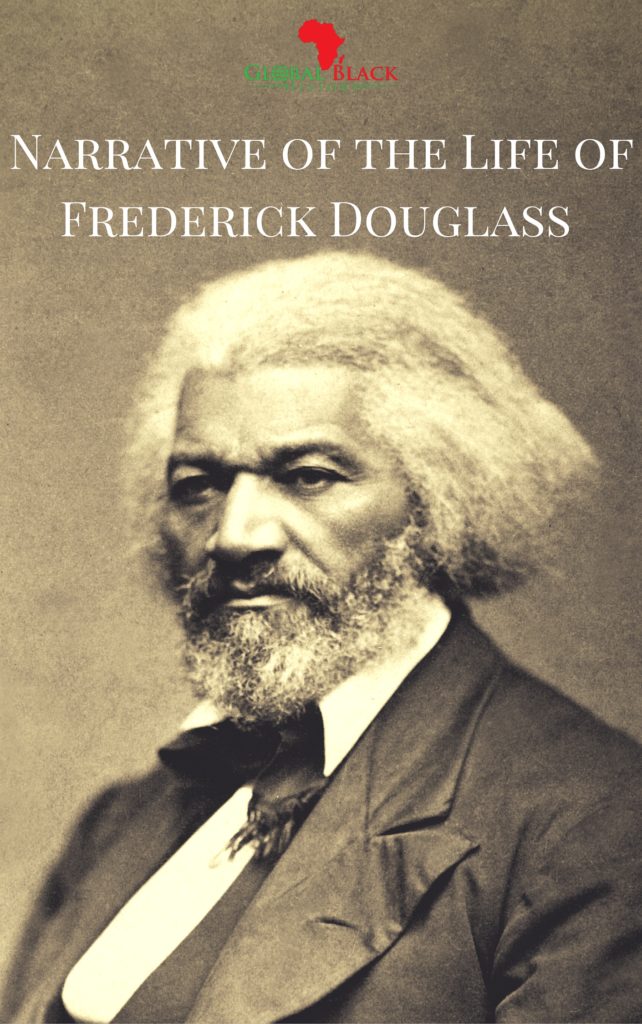

To honor Douglass, to remind ourselves of the political climate in America at the Civil War’s centennial in the 1960s, to now mark the passing of another half century, and to share our pride in having helped bring the book back into print all those years ago, we present here the full text of Benjamin Quarles’s original Introduction to the Narrative of the Life of Frederick Douglass, An American Slave. The care Quarles takes to explain that Douglass did not hate white Americans the tone with which he dismisses the majority of other slave narratives his “admission” that Douglass “was not charitable to the slave-owning class” the need he felt to rationalize Douglass’s disregard for “the property rights of the masters” his focus on the verifiability of the details of Douglass’s story the oddly bucolic, nearly Tom Sawyerish illustration selected for the cover of our earliest editions of the book-all of these deliberate concessions, perhaps jarring to today’s readers, are made more coherent if we recall that Quarles and HUP were reintroducing Frederick Douglass to a country in the midst of its greatest racial reordering since Douglass’s own time. Revisiting that Introduction today, we’re reminded of the adage that all history is a reflection of the age in which it’s written. In 1960 Harvard University Press published the first modern edition of the Narrative, edited and with an Introduction by Benjamin Quarles, a prolific and pioneering African American historian. The book found a wide transatlantic audience and went through many printings, but like most accounts of slave life it fell from favor as memory of the Civil War receded into myth and popular historical narratives tended toward reconciliation. Narrative of the Life of Frederick Douglass, An American Slave, Written by Himself, appeared in 1845, the first of Douglass’s three autobiographies and likely the most famous American slave narrative ever published. Still, there were many other powerful voices leading the country toward abolition, and none more prominent than Frederick Douglass, the escaped slave whose oral and written advocacy made him one of the era’s most visible social reformers. Masur, John Burt, and George Kateb, Harvard University Press is certainly keeping pace.

With books on Lincoln from Harold Holzer, Louis P. Lincoln himself remains the subject of scrutiny and celebration as the nation marks the 150 th anniversary of that major step toward the abolition of American slavery. In September 1862, Abraham Lincoln gave notice that he intended to free the slaves held in states still in rebellion against the Union, a promise fulfilled by the Emancipation Proclamation issued on January 1, 1863.


 0 kommentar(er)
0 kommentar(er)
